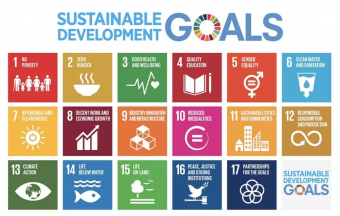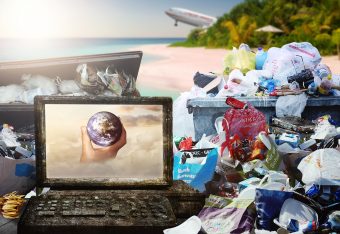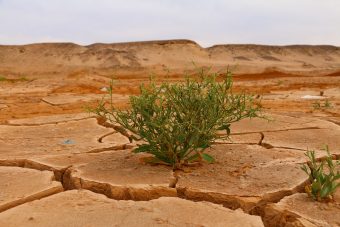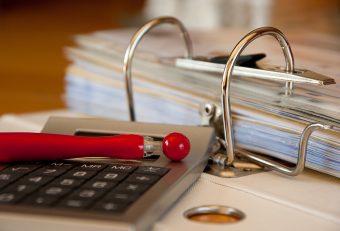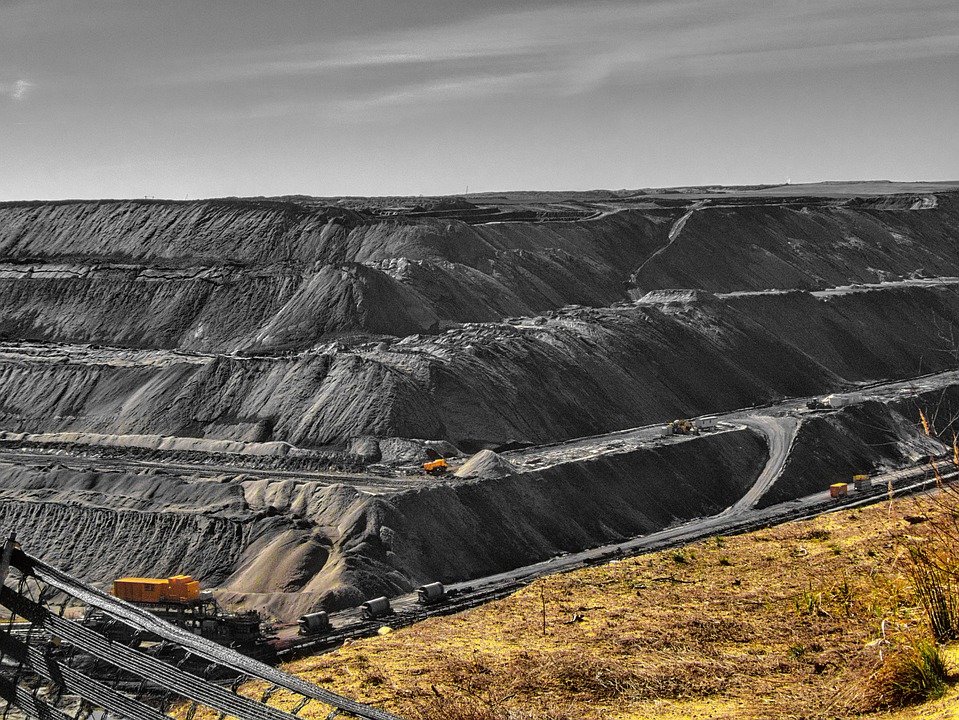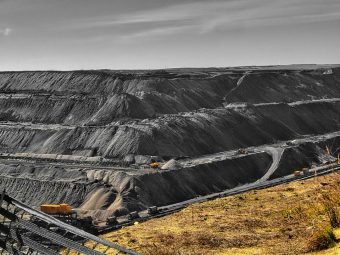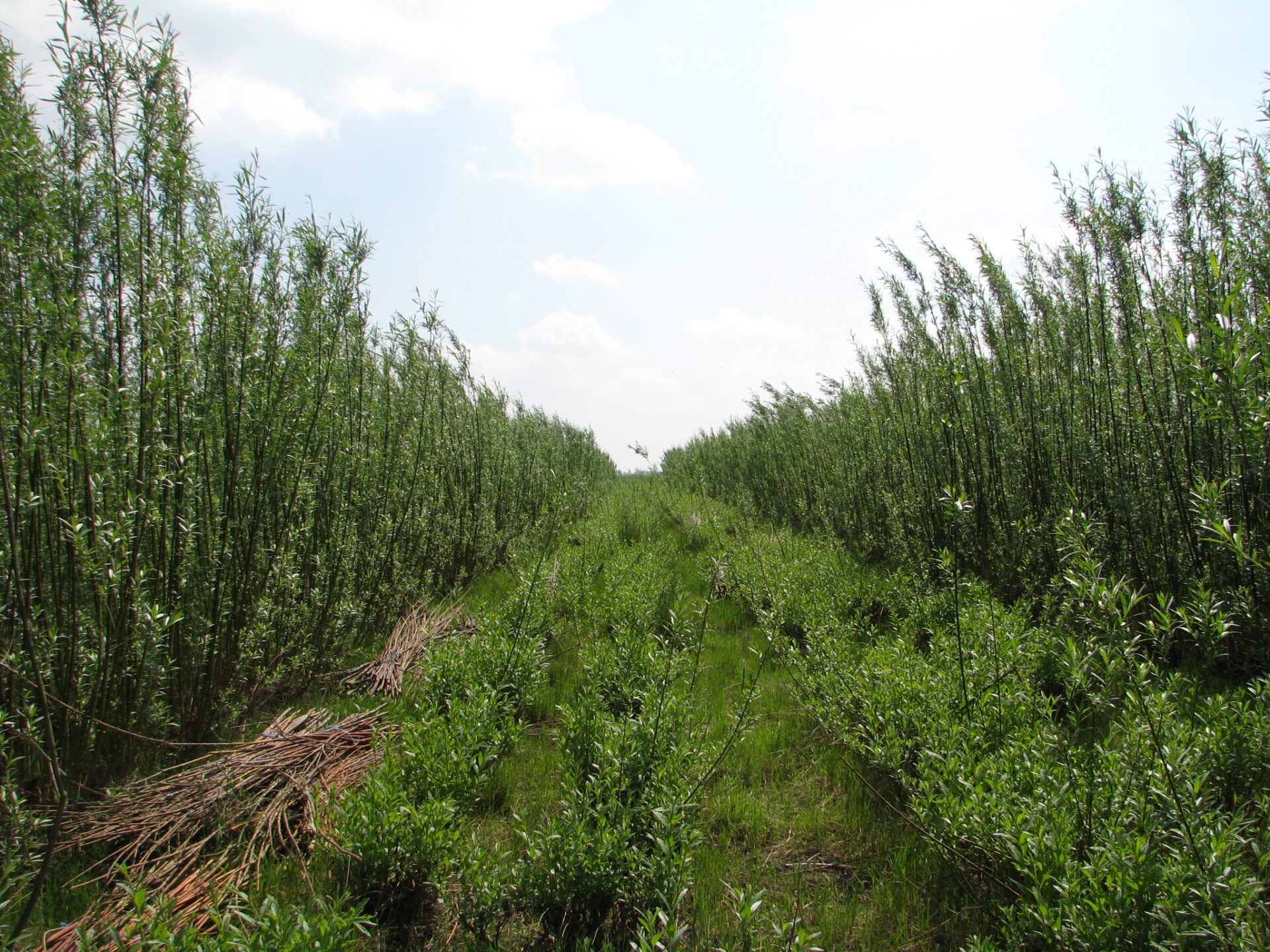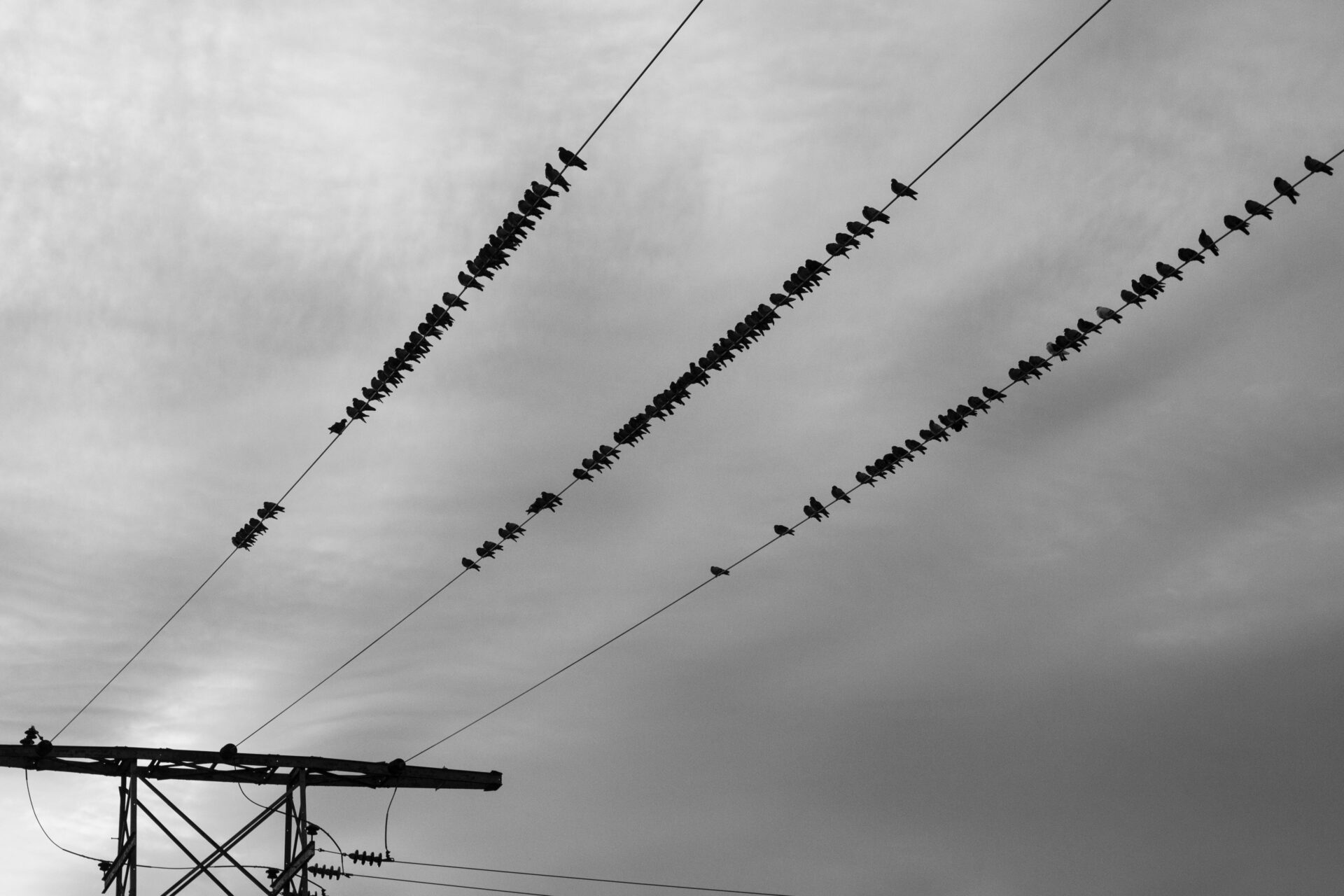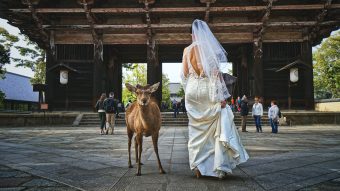
A new Ipsos poll conducted in 14 countries finds that 71% of adults globally agree that, in the long term, climate change is as serious a crisis as Covid-19 is. The survey shows widespread support for government actions to prioritise climate change in the economic recovery after Covid-19 with 65% globally agreeing that this is important. The survey was conducted online among more than 28,000 adults between April 16th and April 19th 2020.
Another Ipsos survey, carried out online among more than 20,000 adults across 29 countries between Friday, February 21st and March 6th 2020, finds that while climate change remains the most important environmental issue for citizens globally, citizens are no more likely to say they plan to make changes to their own environmental behaviours than they were six years ago.
The top findings include:
- Climate change remains the most important environmental issue globally, with 37% citing it as one of their three top environmental issues. Other environmental issues that are important to citizens are air pollution (33%) and dealing with the amount of waste we generate (32%), followed by deforestation (26%) and water pollution (25%). Concern for the top four issues has increased since two years ago.
- A majority of the public globally (68%) agree that if their governments do not act now to combat climate change, they will be failing their citizens. Nearly six in ten (57%) say they would be put off from voting for a political party whose policies do not take climate change seriously.
- Across a range of environmental behaviours, as many as two fifths globally feel they are already doing as much as they possibly can on specific behaviours. Areas where some feel they have no room to improve include recycling (40% state ‘I am already doing this as much as I possibly can’), saving energy at home (37%), and saving water at home (33%).
Agreement that human activity contributes to climate change has fallen in some European countries between 2014 and 2020 (by 14 percentage points in Germany, 9 percentage points in Italy and 8 percentage points in France), as well as elsewhere in the world (by 17 percentage points in Brazil, 16 percentage points in China and Japan, and 12 percentage points in Russia) (It is important to note that the profile of the online population has changed during this time, for example with an increase in the proportion of older people who are online). In other countries such as Great Britain and the US, however, there has been no significant change.
A majority of citizens feel they are likely to make changes to their own behaviour to limit personal contribution to climate change. However, the proportion saying they are likely to make such changes has not increased since Ipsos last asked this question six years ago. Citizens remain more likely to plan to take actions which are convenient and easier to achieve than they are to plan changes which are more far-reaching – such as avoiding flying or making changes to their diet.
- The public are willing to exercise their spending power: avoiding products which have a lot of packaging is the most popular change, with 57% globally saying they are ‘likely’ to change their behaviour on this in the next year.
- This is followed by avoiding buying new goods, mending what you have or buying used products instead (52%), saving energy at home (50%), recycling (49%) and saving water at home (49%).
Citizens are divided on how likely they are to undertake less comfortable and convenient lifestyle changes.
- 41% say they are likely to avoid flying in the next year to limit their personal contribution to climate change, while a third (33%) say they are unlikely to make this change.
- 41% say they are likely to eat less meat, or replace the meat in some meals with alternatives such as beans, in the next year. However, a similar proportion (39%) say they are unlikely to do this.
- 35% say they are likely to eat fewer dairy products or replacing dairy products with alternatives such as soya milk. Nearly half (49%) say they are unlikely to do this.
There has been very little change since 2014 in how likely the public are to say they plan to change their behaviours to limit their personal contribution to climate change, across the 12 countries where Ipsos has trend data.
- The lack of change is not because the public in these 12 countries have already taken action: rather, the proportion who report that ‘I am already doing this as much as I can’ across most behaviours has decreased since 2014. This lack of movement may relate to a heightened sense among the public of the difficulty of changing behaviours – increasing awareness of an issue can be accompanied by an increasing sense that little can be done to improve the situation.
Diet is the one area where there has been some movement (albeit small) since 2014. 18% in 2020 say they are reducing meat in their diets as much as they can, up from 14% in 2014, and the proportion who say they are unlikely to make this change has also fallen – from 44% in 2014 to 39% in 2020. Fewer now say they are unlikely to reduce their dairy product consumption in the next year – from 55% in 2014 to 49% in 2020.
Source: Ipsos



